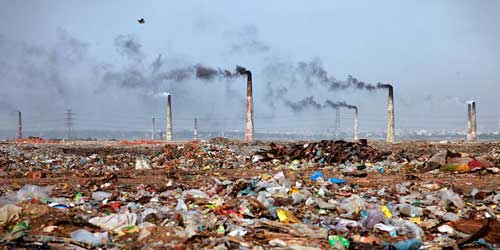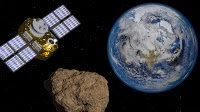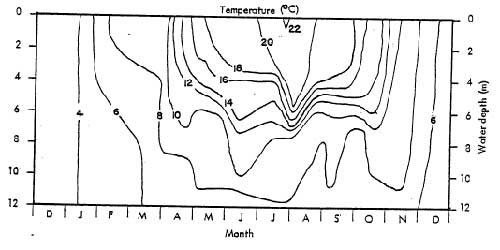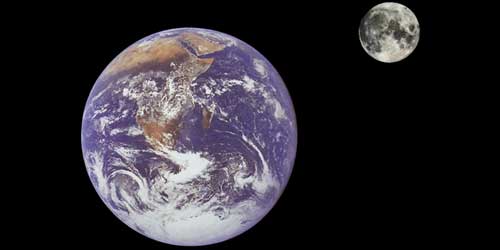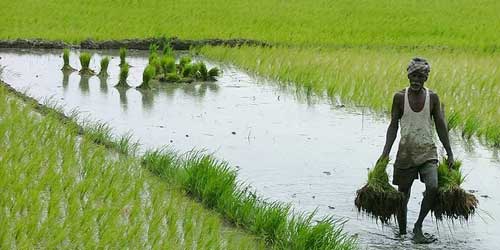Satellites: They are bodies revolving around the planets. Satellites is said to have been formed of the matter whirled off from a planet when still in molten state. Except Venus, Mercury, and Pluto all other planets are accompanied by satellites. Earth, Mars, Jupiter, Saturn, Uranus, and Neptune have one, two, twelve, nine, five and two planets respectively .
They are bodies revolving around the planets. A satellite is said to have been formed of the matter whirled off from a planet when still in molten state. Except Venus, Mercury, and Pluto all other planets are accompanied by satellites. Earth, Mars, Jupiter, Saturn, Uranus, and Neptune have one ,two, twelve, nine, five and two planets respectively .
Asteroids: Asteroids are very small planets revolving around the Sun in orbits lying between Jupiter and Mars. These are said to be the fragments of the large planet disrupted long ago. So far, more than 1,400 asteroids have been discovered. Ceres, the first to be discovered is the largest known asteroid having a diameter of 480 miles. The smallest known asteroid have the diameter of three miles only.
Must Read: Solar System
METEORS AND METEORITES
Meteors: Meteors are small bodies often witnessed in the sky shooting with great speed from one point to another producing a trail of light because of friction and inter planetary space.
Meteorites: Big pieces of solid mass falling on the earth presumably from regions beyond the atmosphere are called meteorites.
Light Year: The distance traveled by light in one year is called light year.
Also Read: The Planet Earth and the Universe
STARS
Stars: Stars are self-luminous celestial bodies. Many of them are much larger than the Sun which is the star nearest us. Some of the stars are so distant that it takes a million years for light to reach us. The distances of star are expressed in light years.
Kind of stars: Stars have been classified as
(a)variable stars,- Stars whose brightness varies from time to time are called variable stars.
(b)Double or binary stars- These stars are group of two stars revolving round the common center under mutual gravitational attraction.
(c)New or temporary stars- Stars which suddenly flare up to greatly increased brightness that fades away after a short time are called new or temporary stars which are also called nova.
(d)Fixed stars-The stars which do not appear to alter their relative positions in the sky are called fixed stars.
Red Giants. Red giants are stars which have consumed some 10%of their Hydrogen on account of which they appear reddish. Red giants consume their Hydrogen at increased rate so that they eventually contract and become white dwarfs.
Have a Look at: All About Earth
GROUPS OF STARS
Constellation: Constellation is a group of fixed stars usually associated with an imaginary figure, e.g a bear. Great Bear is a group of seven stars in the north. It is also called plough or use major.
OTHER CELESTIAL PHENOMENA
Comet: It is a luminous celestial body moving round the Sun in elliptical or hyperbolic orbits, consisting of a bright nucleus and a fainter tai which increases in length as it approaches the Sun.
Galaxy: The galaxy is a vast collection of stars and other celestial bodies stretching across the heavens, seen like a luminous belt of densely populated stars. Our Solar system is a tiny part of galaxy.
Milky way: It is the starry belt, seen on a clear night as an arch-shaped huge concentration of faint stars encircling the sky.
Nebulae: The clouds of rarefied gas existing between stars and made to glow by the radiation of the light of stars enmeshed within it.Their visibility is faint and hazy.
Have a Look at: Space Exploration From Earth


